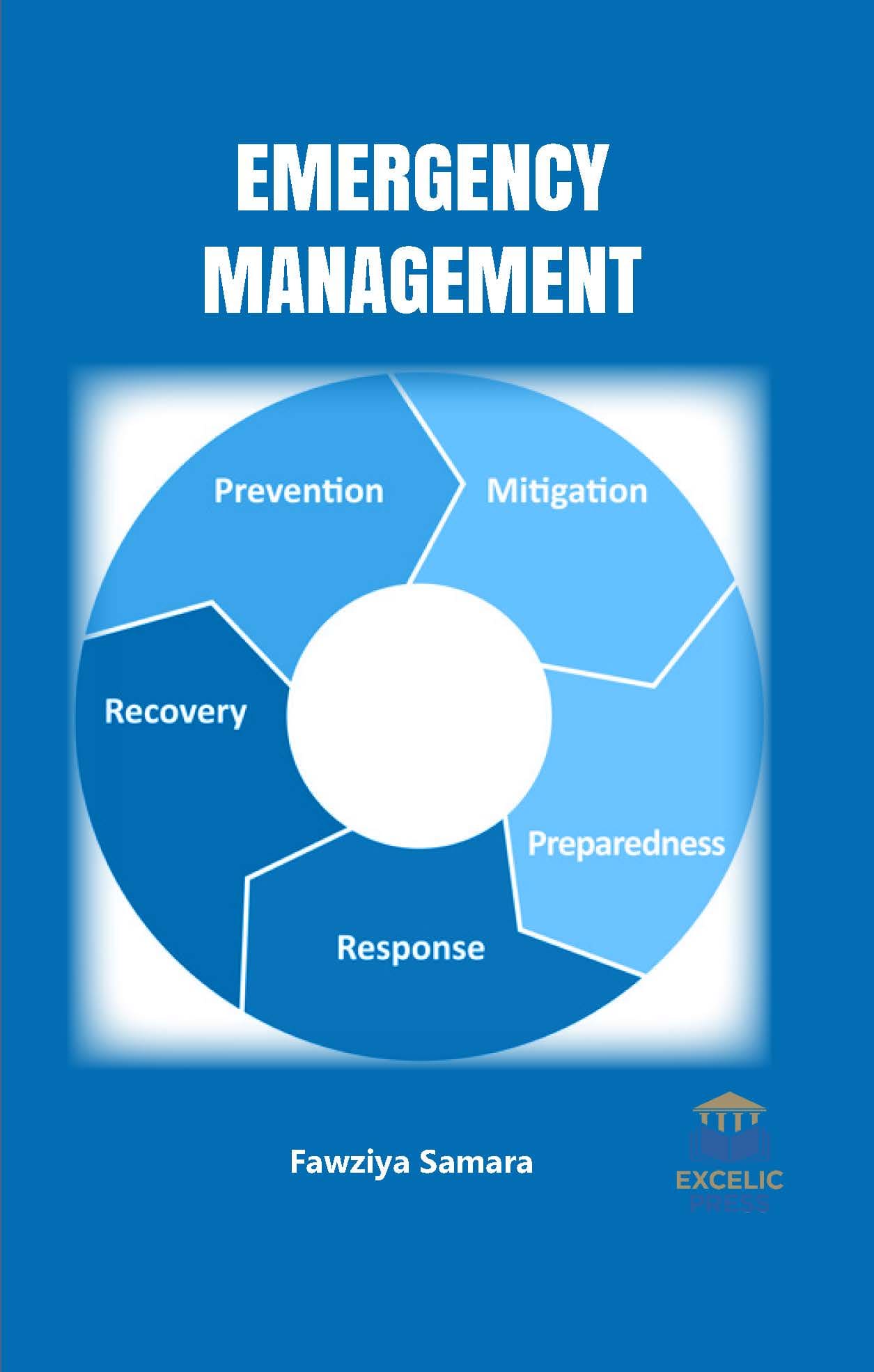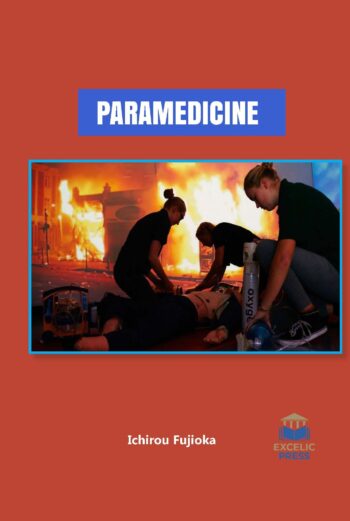This book Emergency Management is about the emergency roles played in the hospitals. The first chapter is about the disaster overview, history of hospitals, and modern hospitals. In the second chapter, it is about Protecting the Hospital and Staff, Professional Training Curricula, Hospital Training and Drills, Training and Disaster Drills, Planning, and Coordination, and Classification of Terrorist Threats. The third chapter is about hazard risk and vulnerability.
In the fourth chapter, it is about all the concepts of safety hospitals. In the fifth and sixth chapters, it is about pre-hospital and management care. And the following chapters start by focusing on the three pillars on which successful emergency management is based: an understanding of history, knowledge of social science research, and technical expertise in emergency management operations. It provides insight as to how emergency management has evolved and suggests reasons why the current method of response planning doesn’t work as well as it should.
The book then goes on to discuss establishing and administering the emergency management program. It looks at the analysis of risk as to the basis for strategy development and considers both the traditional macro view of hazard identification and analysis as well as the micro view required for continuity planning. Strategy development is examined next, followed by coverage of the planning process, techniques, and methods.












Reviews
There are no reviews yet.